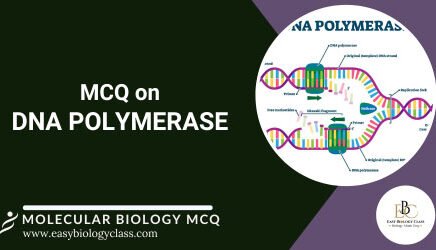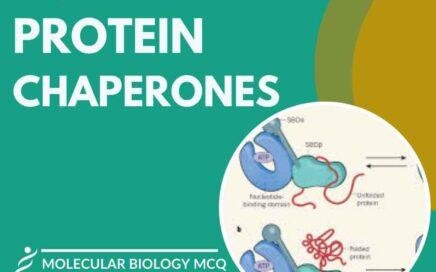
MCQ on DNA Ligase Enzyme with Answers (PDF)
DNA ligase is an essential enzyme that facilitates the joining of DNA strands by catalyzing the formation of phosphodiester bonds between adjacent nucleotides. It plays […]

DNA ligase is an essential enzyme that facilitates the joining of DNA strands by catalyzing the formation of phosphodiester bonds between adjacent nucleotides. It plays […]

DNA polymerase is an enzyme responsible for synthesizing new DNA strands during replication by adding nucleotides to a pre-existing strand using the original DNA as […]

RNA polymerase is an enzyme that synthesizes RNA from a DNA template during transcription. It binds to specific regions of the DNA called promoters and […]

Molecular chaperones are proteins that assist in the proper folding, assembly, and stabilization of other proteins. They prevent misfolding and aggregation, guide proteins to their […]

Caspases are a family of protease enzymes that play essential roles in apoptosis (programmed cell death) and inflammation. They cleave specific proteins at aspartic acid […]

Chargaff’s rule states that in DNA, the amount of adenine (A) equals thymine (T), and the amount of cytosine (C) equals guanine (G). This principle […]

Post-translational modifications occur after protein synthesis. They include phosphorylation, glycosylation, and acetylation, altering protein structure and function. These modifications regulate protein activity, localization, and stability, […]

Post-transcriptional modification refers to alterations made to mRNA molecules after transcription but before translation in eukaryotic cells. These modifications include 5′ capping, 3′ polyadenylation, and […]

DNA replication in eukaryotes involves initiation at multiple origins, proceeding bidirectionally from replication forks. Enzymes like DNA polymerases synthesize new strands, while helicases unwind the […]